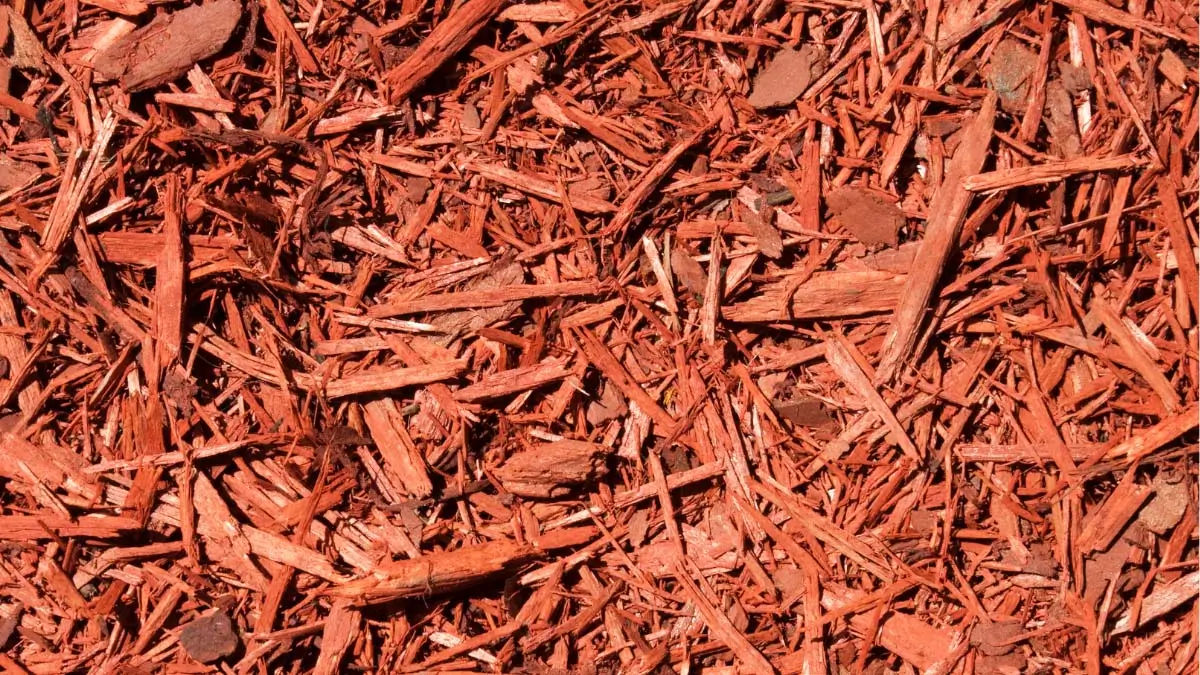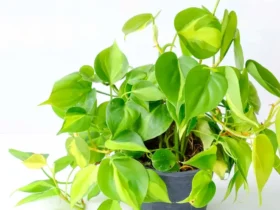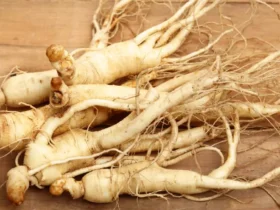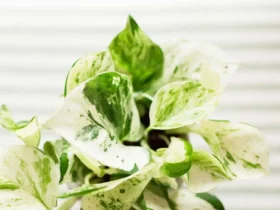Cedar mulch is a type of mulch made from cedar trees and is commonly used in gardening and landscaping projects due to its natural properties. It helps retain moisture, suppress weed growth, and deter pests.
Benefits Of Cedar Mulch
This is a versatile and beneficial addition to any garden or landscaping project. Its natural properties provide advantages in pest control, moisture retention, and weed management.
Natural Pest Repellent
This acts as a natural pest repellent due to its aroma, which deters insects such as mosquitoes and ants.
Moisture Retention
The moisture retention properties of cedar mulch help to keep the soil beneath it moist for longer periods, reducing the need for frequent watering.
Weed Control
Cedar mulch serves as an effective weed control method by creating a barrier that inhibits weed growth and helps to maintain a tidy garden or landscape.
Types Of Cedar Mulch
Cedar mulch is a popular choice for landscaping due to its attractive color, pleasant aroma, and natural decay-resistance. There are different types of cedar mulch available, each with its own unique characteristics and benefits. In this post, we will explore three common types of cedar mulch: shredded cedar mulch, chipped cedar mulch, and cedar mulch nuggets.
Shredded Cedar Mulch
Shredded cedar mulch is made up of finely shredded cedar bark. It has a light and fluffy texture that allows for good moisture retention and weed suppression. The fine texture also enables it to break down faster, providing nutrients to the soil. Due to its fibrous nature, shredded cedar mulch helps improve soil structure and drainage.
Chipped Cedar Mulch
Chipped cedar mulch consists of small wood chips or chunks of cedar wood. It is a versatile option that can be used in a variety of landscaping applications. This is known for its durability and ability to resist erosion. It forms a dense layer that helps to regulate soil temperature and retain moisture, making it ideal for areas with extreme weather conditions.
Cedar Mulch Nuggets
Cedar mulch nuggets are larger pieces of cedar bark that provide a bold and rustic appearance to any landscape. These nuggets not only retain moisture and inhibit weed growth but also help insulate the soil, protecting it from extreme temperature fluctuations. Is this nuggets break down slowly, making them a long-lasting option for those looking for low-maintenance mulching solutions.

Choosing The Right Cedar Mulch
Choosing the right cedar mulch is crucial for maintaining a healthy and vibrant garden. The type of cedar mulch you select can significantly impact the well-being of your plants and the overall appearance of your landscaping. When considering the different options available, it’s important to evaluate your garden’s specific needs, the quality of the mulch, and its compatibility with your plants.
Consideration Of Garden Needs
Before choosing cedar mulch, assess your garden’s requirements such as moisture retention, weed control, and aesthetic appeal. Different mulch varieties can offer varying levels of moisture retention and weed suppression. Additionally, consider the aesthetic you want to achieve as cedar mulch can provide a natural, rustic look.
Quality Of Cedar Mulch
When selecting cedar mulch, prioritize quality to ensure the best results for your garden. Quality mulch should be free of any chemicals, dyes, or additives that could harm your plants. Look for fresh, aromatic mulch that hasn’t begun to decompose, as this will provide better insulation and weed control. It should also be finely shredded to allow for better aeration and nutrient absorption.
Compatibility With Plants
Consider the specific needs of your plants and ensure that the cedar mulch you choose is compatible with them. Some plants, such as acid-loving varieties, may require a different pH level than what cedar mulch offers. Evaluate the potential impact of cedar mulch on the soil pH and the specific requirements of your plants to make an informed decision.
Applying Cedar Mulch
When it comes to maintaining a healthy and visually appealing garden, applying cedar mulch can make a significant difference. Aside from enhancing the aesthetic appeal, cedar mulch offers several benefits, including weed suppression, moisture retention, and the prevention of soil erosion. Before you apply cedar mulch to your garden or landscape, it is essential to consider factors such as depth and coverage, avoiding mulch volcanoes, and the proper technique for mulching around trees and shrubs.
Depth And Coverage
When applying cedar mulch, it is crucial to ensure an adequate depth and coverage for effective results. As a general rule of thumb, maintain a depth of 2-4 inches throughout the garden or landscape to suppress weed growth and retain moisture effectively. Ensure thorough coverage to create a uniform and visually appealing appearance while providing consistent benefits to the soil and plants.
Avoiding Mulch Volcanoes
One common mistake when mulching is creating mulch volcanoes around trees and shrubs. Avoid piling mulch against the base of trees and shrubs as it can lead to moisture retention, bark decay, and pest infestation. Instead, create a donut-shaped mulch ring around the base of the plant, leaving a gap of a few inches to allow proper airflow and prevent damage to the trunk or stem.
Mulching Around Trees And Shrubs
Mulching around trees and shrubs provides numerous benefits, including moisture retention, weed suppression, and thermal insulation. When applying cedar mulch around these plantings, use a saucer-shaped technique to create a gradual slope away from the base. This method encourages water to flow towards the root zone, promoting healthy growth and minimizing water runoff.

Maintaining Cedar Mulch
Cedar mulch not only adds aesthetic appeal to your garden but also provides several benefits such as moisture retention and weed control. However, to ensure that your cedar mulch continues to serve its purpose effectively, regular maintenance is essential. This article will guide you through the steps to maintain your cedar mulch, including replacing it regularly, fluffing it up, and preventing mold and mildew.
Replacing Mulch Regularly
Cedar mulch, like any other organic material, decomposes over time. To keep your garden looking fresh and avoid the growth of weeds, it is important to replace the mulch regularly. Ideally, you should aim to replace your cedar mulch once a year. However, if you notice that it has significantly decomposed or if weed growth becomes a problem, it may be necessary to replace it sooner. By regularly replacing your cedar mulch, you’ll maintain an attractive and healthy garden environment.
Fluffing Mulch
As time goes by, cedar mulch can become compacted, preventing water from reaching the soil efficiently. To combat this issue, it’s essential to fluff up your mulch regularly. Fluffing your mulch involves using a rake or garden fork to loosen the compacted material, allowing air and water to penetrate more effectively. By fluffing your cedar mulch, you’ll promote better drainage and help the mulch retain its moisture-retaining properties. Remember to fluff your mulch gently to avoid damaging plants or disturbing their root systems.
Preventing Mold And Mildew
Mold and mildew can be a common problem in garden mulch, especially in areas with high humidity or excessive moisture. To prevent the growth of mold and mildew in your cedar mulch, follow these steps:
- Avoid over-watering your garden, as excessive moisture can promote mold growth. Water deeply but less frequently to keep the mulch and soil damp but not soaked.
- Ensure proper drainage in your garden to prevent water from accumulating around the mulch. This can be achieved by adding drainage holes to containers or improving the soil’s drainage capacity.
- Regularly remove any fallen leaves or debris from the mulch, as these can trap moisture and provide a breeding ground for mold and mildew.
- If mold or mildew does appear, you can apply a fungicide specifically designed for garden use. Follow the instructions carefully to ensure safe and effective application.

Cedar Mulch Vs. Other Mulches
Cedar mulch stands out among different types of mulches due to its numerous benefits. Let’s explore how cedar mulch compares to other popular mulches in the market:
Comparison With Pine Bark Mulch
Cedar mulch is more resistant to decay compared to pine bark mulch. It also repels insects naturally due to its aromatic properties.
Advantages Over Rubber Mulch
Cedar mulch is biodegradable and eco-friendly, unlike rubber mulch which is not biodegradable and can leach harmful chemicals into the soil.
Diy Cedar Mulch
Are you looking for an affordable and sustainable way to enhance the beauty of your garden? Look no further than DIY Cedar Mulch. Cedar mulch is not only visually appealing but also offers various benefits for your garden. In this post, we will guide you through the process of preparing cedar mulch at home and discuss some essential safety measures to ensure a successful DIY project.
Preparing Cedar Mulch At Home
Creating cedar mulch at home is a straightforward process that can save you money and give you full control over the quality of materials used. Here’s a step-by-step guide to making DIY cedar mulch:
- Start by collecting dry cedar bark or purchasing cedar chips from a local garden center.
- Using a sharp axe or shredder, break down the cedar bark or chips into smaller, uniform pieces.
- Spread the shredded cedar bark or chips evenly across a clean, flat surface.
- Allow the cedar mulch to dry completely before using it in your garden. This helps to prevent any mold or mildew growth.
- Once dry, spread the cedar mulch around your plants, leaving a gap around the stems to prevent moisture retention.
- For optimal results, maintain a layer of cedar mulch between two to four inches thick.
By following these simple steps, you can create your own cedar mulch and enjoy the benefits it brings to your garden.
Safety Measures
Ensuring your safety during the cedar mulch preparation process is of utmost importance. Here are some safety measures to keep in mind:
- Wear protective goggles, gloves, and a mask to protect yourself from any potential allergies or respiratory issues caused by cedar dust.
- Work in a well-ventilated area or outdoors to minimize exposure to cedar dust.
- Use caution when handling sharp tools such as axes or shredders, and always follow the manufacturer’s instructions.
- Keep children and pets away from the cedar mulch preparation area to avoid any accidents.
By adhering to these safety measures, you can ensure a safe and enjoyable experience while preparing your own cedar mulch.

Common Mistakes With Cedar Mulch
In gardening, using cedar mulch can benefit your plants greatly. However, mistakes with cedar mulch can hinder its effectiveness.
Over-mulching
Over-mulching can suffocate plant roots by depriving them of oxygen and water.
Using Treated
Be cautious of using treated cedar mulch as the chemicals can harm your plants.
Environmental Impact
Cedar mulch is a popular choice for gardeners due to its many benefits. Understanding the environmental impact of cedar mulch is essential for making informed decisions about its use. From its sustainability to biodegradability, there are several factors to consider when evaluating its eco-friendliness.
Sustainability
Cedar mulch is sourced from the cedar tree, a renewable and sustainable resource. Cedar trees are grown and harvested in a way that promotes regrowth, making it a responsible choice for environmentally conscious gardeners.
Biodegradability
Cedar mulch is naturally biodegradable, meaning it breaks down over time and returns nutrients to the soil. As it decays, it enriches the earth and contributes to the health of plants and trees.
Frequently Asked Questions On Cedar Mulch
How Often Should I Apply Cedar Mulch To My Garden?
Cedar mulch should be applied once a year to maintain its effectiveness in suppressing weeds and retaining moisture.
Is Cedar Mulch Safe For Vegetable Gardens?
Yes, cedar mulch is safe for vegetable gardens as it naturally repels insects and prevents the growth of mold and mildew.
What Are The Benefits Of Using Cedar Mulch In Landscaping?
Cedar mulch not only controls weeds and retains moisture, but also adds a pleasant aroma and enhances the overall aesthetic of your landscaping.
Can Cedar Mulch Attract Termites Or Other Pests?
Cedar mulch has natural oils that act as a repellent to termites and other pests, making it an effective and safe choice for mulching.
How Does Cedar Mulch Compare To Other Types Of Mulch?
Compared to other mulches, cedar mulch has a longer lifespan, better pest resistance, and provides superior weed control and moisture retention.
Conclusion
To sum up, cedar mulch is a practical and aesthetically pleasing option for anyone looking to enhance their garden or landscape. Its natural properties, such as insect-repelling abilities and moisture retention, make it a valuable addition. Moreover, its unique color and texture add depth and beauty to any outdoor space.
With its numerous benefits and eco-friendly nature, using cedar mulch is a wise choice for both the environment and the overall appeal of your property.





Leave a Reply